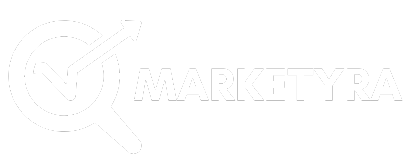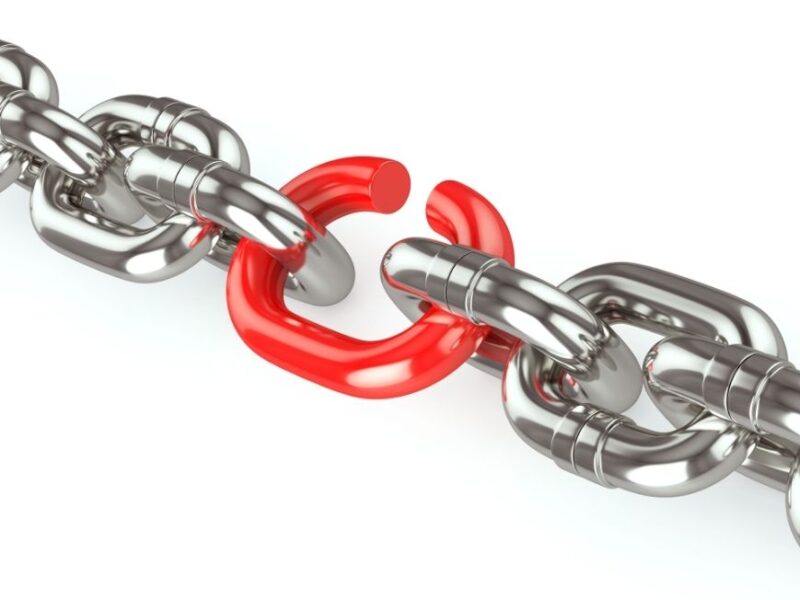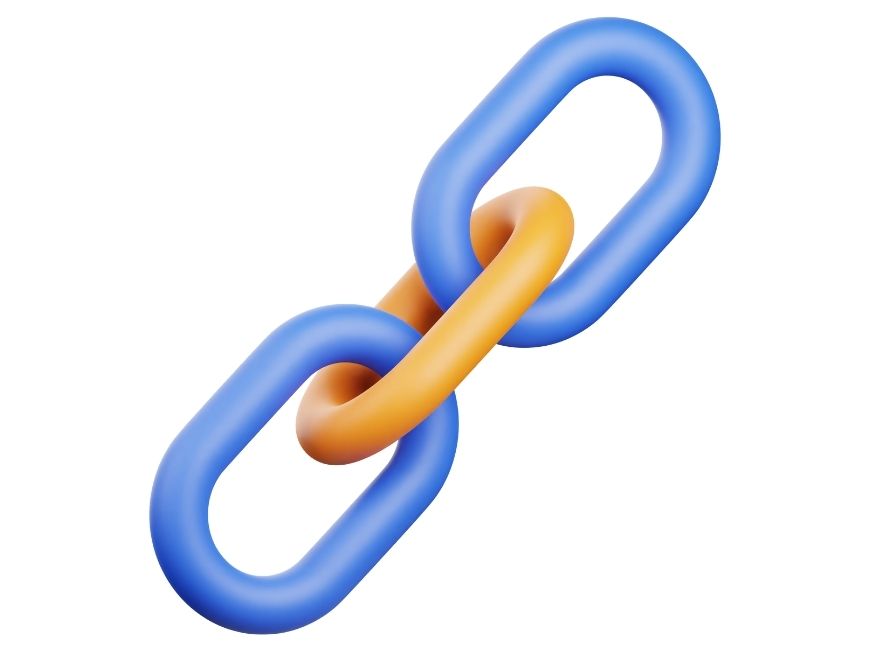On this page you will read detailed information about Broken Links.
In the vast digital landscape, where seamless connectivity is key, encountering broken links can feel like hitting an unexpected roadblock. As you navigate your website’s ecosystem, understanding what broken links are and how they affect both user experience and search engine optimization becomes paramount. These elusive disruptors can undermine your site’s credibility and functionality, leading to frustrated visitors and potential drops in search rankings. This article will guide you through the intricacies of broken links, equipping you with the knowledge and tools necessary to identify and rectify them, ensuring your digital presence remains robust and user-friendly.
Identifying Broken Links: A Comprehensive Guide
Understanding What Are Broken Links
Broken links are hyperlinks that no longer lead to their intended destination. They often result in the dreaded “404 Not Found” error, causing frustration for users and potential damage to your website’s reputation. These inactive links can emerge from a variety of causes, such as changes in website structure, deleted pages, or typos in the URL. Understanding the nature and causes of broken links is crucial for maintaining a seamless user experience on your site.
Why Are Broken Links Problematic?
Broken links not only disrupt the user experience but also impact search engine optimization (SEO). Search engines may penalize websites with numerous broken links, reducing their visibility in search results. This decreased visibility can lead to reduced traffic, which can be detrimental to online businesses. Additionally, a site riddled with broken links may appear unprofessional, diminishing the trust and credibility needed to engage and retain visitors.
Strategies for Identifying Broken Links
To proactively address broken links, a variety of tools and methods can be employed.
- Automated Tools: Leverage online tools such as Google Search Console or Screaming Frog to automate the detection of broken links.
- Manual Checks: Regularly review your website for inactive links, especially after making structural changes or updating content.
- User Feedback: Encourage users to report broken links by providing a feedback form on your site.
By integrating these strategies, you can effectively manage and mitigate the impact of broken links, ensuring a smooth and professional user experience.
Understanding Broken Links: What Are They?
Defining Broken Links
Broken links, often referred to as dead links, are hyperlinks that no longer lead to the intended destination. This can occur due to several reasons, such as a webpage being moved or deleted, the linked website experiencing server issues, or incorrect URL formatting. The presence of broken links on a website can be detrimental, leading to a frustrating user experience and potentially harming your site’s search engine ranking.
The Impact on User Experience
Encountering a broken link can disrupt the flow of navigation, leaving visitors stranded on error pages rather than seamlessly accessing the information they seek. This interruption can reduce user engagement and increase bounce rates, as users may choose to leave your site in search of more reliable sources.
SEO Implications of Broken Links
From an SEO perspective, broken links can signal to search engines that a website is poorly maintained. Search algorithms may interpret these errors as a sign of neglect, potentially lowering your site’s credibility and ranking. Therefore, regularly checking for and fixing broken links is crucial for maintaining a healthy online presence.
By understanding what broken links are and recognizing their impact, you can take proactive steps to identify and rectify these issues, ultimately enhancing both user experience and your website’s performance on search engines.
Common Causes of Broken Links
Changes in URL Structure
One of the most prevalent reasons behind broken links is alterations in the URL structure of a website. Whether due to a website redesign, platform migration, or updates to improve SEO, changes in URLs can lead to a cascade of broken connections. When you modify URL paths without implementing proper redirects, any external or internal links pointing to the old URL become obsolete. This disruption underscores the importance of monitoring and updating links whenever structural changes occur.
Deletion or Removal of Content
Content that is deleted or removed from a website is another common culprit. Webpages, documents, or images that are removed without redirecting to a relevant page or an updated resource will inevitably result in broken links. For instance, a blog post that no longer serves its purpose or an expired product page might be taken down, inadvertently leaving behind broken paths.
Human Error and Typographical Mistakes
Even the most meticulous webmaster can fall prey to human error. A simple typo in a URL can lead to a non-existent page, causing a broken link. This is particularly common when manually inserting URLs into content. Therefore, attention to detail and routine link checking are critical to minimize these errors.
External Link Changes
When linking to third-party sites, you are at the mercy of their content management practices. If the external site undergoes changes, such as deleting or moving a page, any links you have directed to that site could break. Thus, it’s essential to regularly audit external links to ensure they remain functional, preserving the integrity and credibility of your website’s resources.
The Impact of Broken Links on SEO and User Experience
Navigating the SEO Maze
Broken links significantly disrupt your website’s SEO performance. Search engines, like Google, prioritize delivering high-quality content to users. When a search engine crawler encounters a broken link, it translates to a negative signal, suggesting that the website may not be well-maintained. This can lead to a reduction in search ranking, potentially diminishing your online visibility. Broken links act as roadblocks, hindering the seamless progression of crawler bots throughout your site. As such, ensuring robust link management is essential for maintaining your search engine optimization efforts.
Elevating User Experience
From a user standpoint, encountering broken links is akin to reaching a dead-end on a well-planned journey. Visitors expect a smooth and informative browsing experience; however, broken links can lead to frustration and disengagement. This negative experience can result in increased bounce rates, which further signals to search engines that your site may not be providing valuable content. Establishing a strong and functional link structure fosters user trust and encourages prolonged engagement.
Conclusion: Embrace Proactive Measures
Integrating regular link audits into your website maintenance routine can help you identify and rectify broken links promptly. By doing so, you not only safeguard your SEO standings but also uphold a positive user experience. Remember, maintaining functional links is critical for achieving both search engine prominence and user satisfaction.
In the previous post, we had shared information about Robots.txt: Essential Insights for Managing Web Crawler Access, so read that post also.
How to Identify Broken Links on Your Website
Understanding Broken Links
Broken links, often referred to as dead links, are hyperlinks that lead to web pages that no longer exist or have been moved. Identifying and rectifying these links is crucial for maintaining a seamless user experience on your website and enhancing your site’s search engine optimization (SEO).
Tools for Identification
There are several robust tools available that can help you identify broken links efficiently. Tools such as Google Search Console and dedicated link checkers like Screaming Frog and Ahrefs provide comprehensive reports on broken links across your site. By utilizing these tools, you can regularly audit your website, ensuring that all hyperlinks remain functional and up-to-date.
Manual Checking and Inspection
While automated tools are immensely helpful, a manual inspection can sometimes catch issues that automated systems might miss. This involves manually following hyperlinks on your site to ensure they lead to the intended destination. This method, although time-consuming, adds an extra layer of assurance that your website maintains its integrity.
Periodic Audits
Conducting regular audits is essential in maintaining an effective website. Schedule periodic checks to scan for broken links; the frequency of these audits can vary depending on the size and complexity of your site. A proactive approach not only enhances user experience but also maintains the credibility and reliability of your online presence.
By employing both technological tools and manual inspections, you can efficiently address and rectify broken links, ensuring your website remains welcoming and navigable for users.
Tools and Techniques for Fixing Broken Links
Identifying Broken Links with Online Tools
When it comes to tackling the challenge of broken links, utilizing the right tools is crucial. Online platforms like Google Search Console and Screaming Frog are invaluable resources. Google Search Console, a powerful free tool, allows you to monitor your website’s health by identifying broken links, or 404 errors. Screaming Frog offers a more in-depth analysis, crawling your entire site to pinpoint broken links and other SEO issues. These tools are essential for maintaining a seamless user experience and ensuring your site is in prime condition.
Manual Techniques for Verification
While tools automate the process, manual verification is still a critical step. Regularly checking high-priority pages for broken links ensures accuracy and thoroughness. Start by navigating through your site’s primary landing pages, checking each hyperlink for functionality. This hands-on approach not only confirms the data from online tools but also maintains your site’s credibility and reliability.
Effective Strategies for Repair
Once broken links are identified, immediate action is required. Consider the following strategies:
- Redirects: Implement 301 redirects to guide users from the broken link to a relevant, functioning page. This preserves link equity and enhances user experience.
- Link Repair: If possible, update the destination URL to a correct, currently active location.
- Content Update: For outdated links, refreshing the content can improve relevancy and utility.
By combining these methods, you can effectively manage and rectify broken links, safeguarding your website’s integrity and optimizing its performance in search rankings.
Conclusion
As you navigate the labyrinth of web content, broken links can emerge as hidden obstacles, undermining the user experience and your site’s credibility. By understanding what broken links are and implementing effective identification strategies, you empower yourself to maintain a robust digital presence. Regularly auditing your site with reliable tools not only enhances user satisfaction but also strengthens your SEO performance. In the ever-evolving digital landscape, proactive management of broken links is essential. By addressing these issues head-on, you ensure that your website remains a seamless, reliable resource for your audience, ultimately fostering trust and engagement.
Disclaimer
The content published on the Marketyra blog is for educational and informational purposes only. While we strive to share accurate and up-to-date digital marketing tips, strategies, and trends, we do not guarantee any specific results. Readers are advised to use their own judgment before applying any tips or advice provided. Marketyra is not liable for any losses, damages, or issues arising from the use of blog content.
So friends, today we talked about Broken Links, hope you liked our post.
If you liked the information about Broken Links, then definitely share this article with your friends.
👉 Need help with SEO or digital marketing services?
Feel free to call us at 📞 +91-9306925861, email us at 📧 admin@marketyra.com to get in touch!






